Day 3: Bodh Gaya-Pragbodhi Cave
Indian Pilgrimage Trip 8th
Travel Date:Dec 6,2018
Bodh Gaya
Bodh Gaya is one of the most important sacred sites in Buddhism, Bodh Gaya is one of the most important sacred sites in Buddhism, located approximately 10 kilometers south of Gaya in Bihar, India. It is renowned as the place where Siddhartha Gautama, later known as Buddha, attained enlightenment.
The history of Bodh Gaya dates back to the 6th century BCE, when Prince Siddhartha, after years of severe ascetic practices, came to this area by the Neranjana River. After bathing in the river and receiving a bowl of rice milk from a shepherdess, he regained his strength. Under a Bodhi tree, he meditated for seven days and nights, ultimately overcoming all obstacles and attaining supreme enlightenment, becoming the Buddha.
Major Sacred Sites: Mahabodhi Temple, Bodhi Tree, Vajrasana (Diamond Throne), Lotus Pond, Seven Sacred Spots.
Bodh Gaya is not only a sacred site for Buddhists but also Symbolizing enlightenment, peace, and wisdom, Bodh Gaya stands as a cornerstone of Buddhist faith and an enduring legacy of Buddhist culture and spirituality.
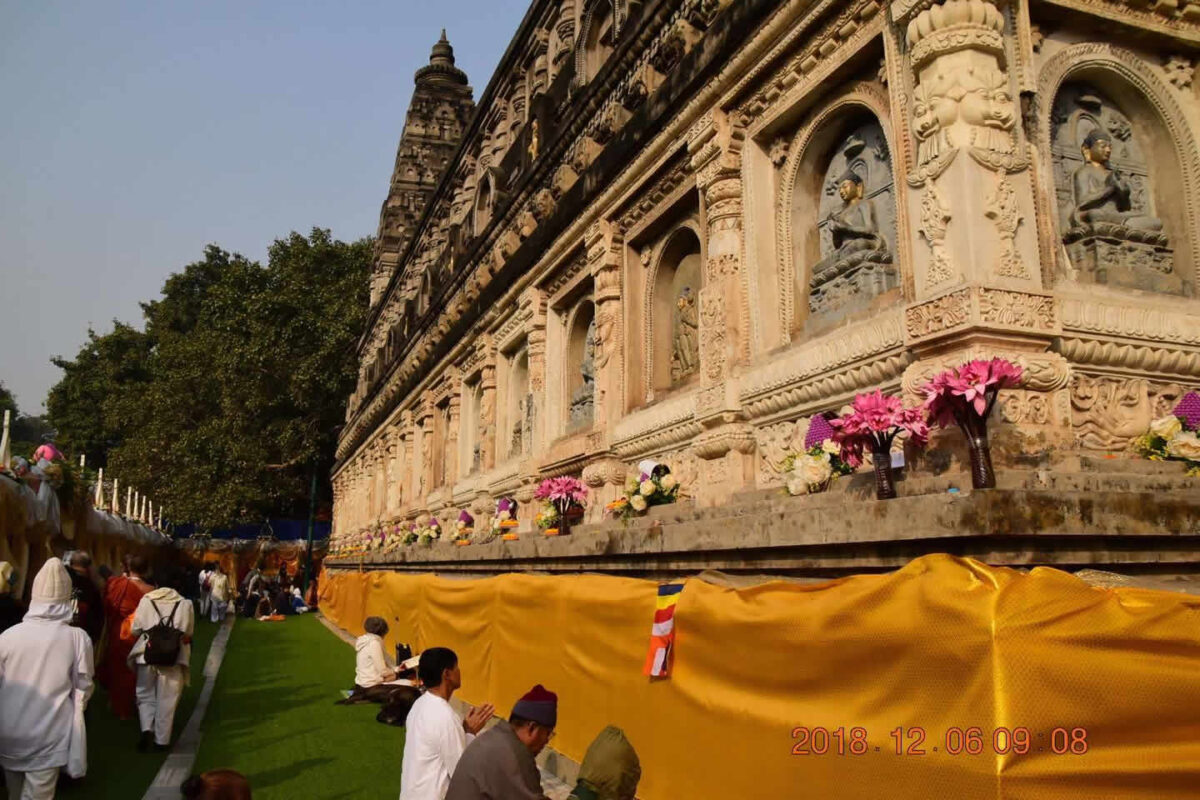

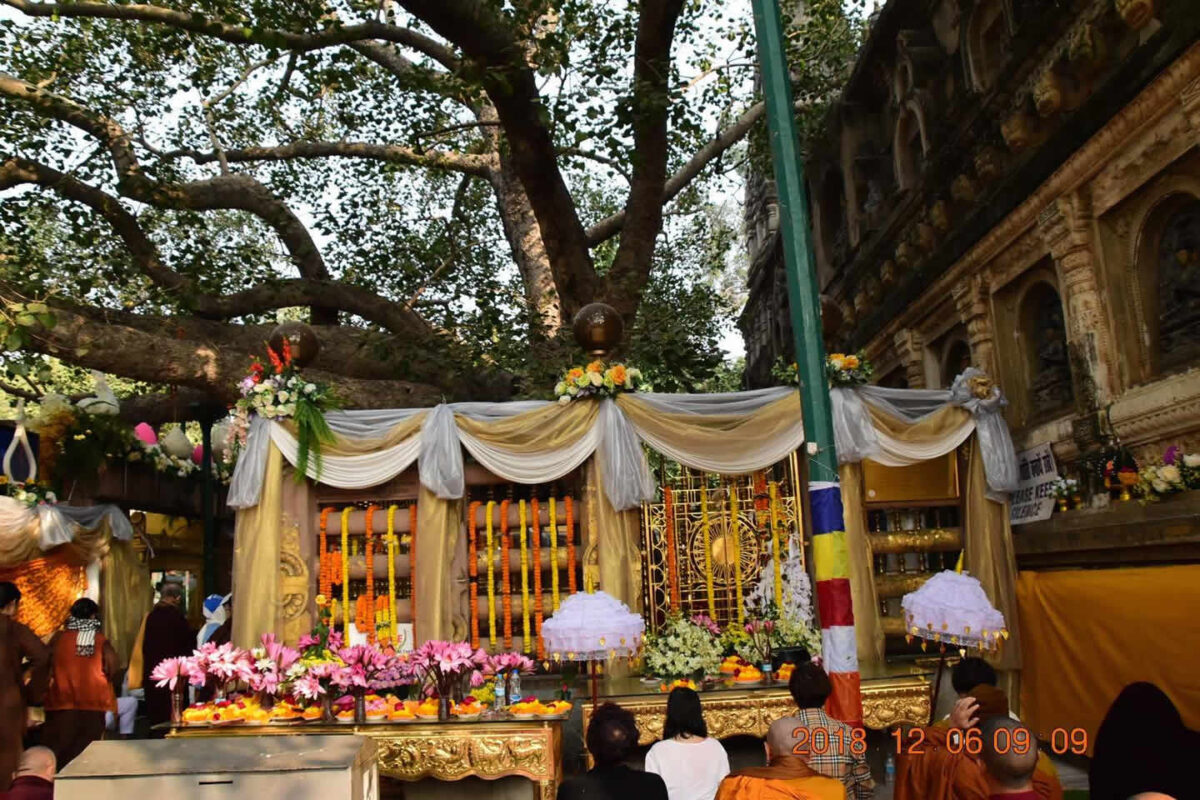





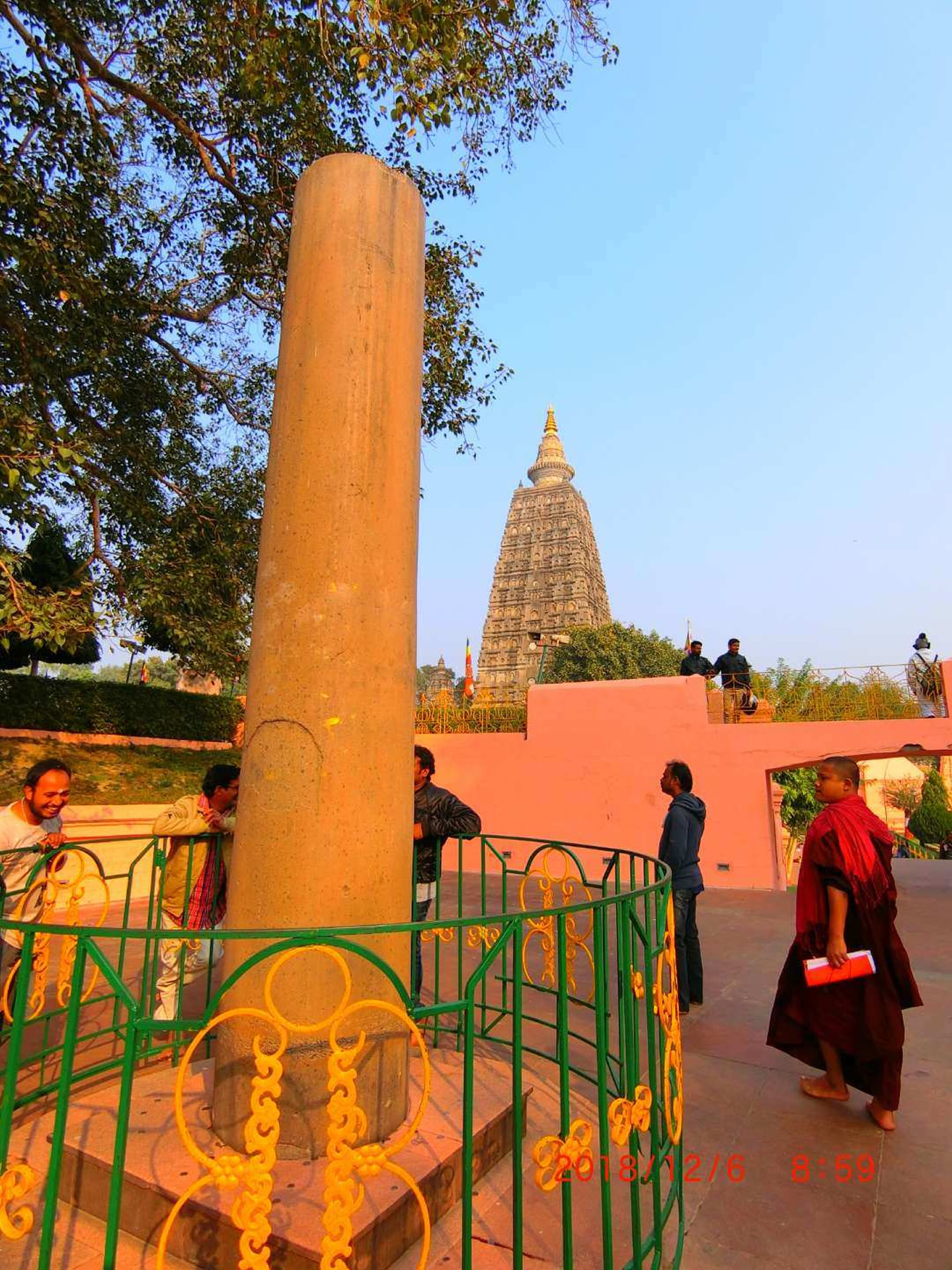


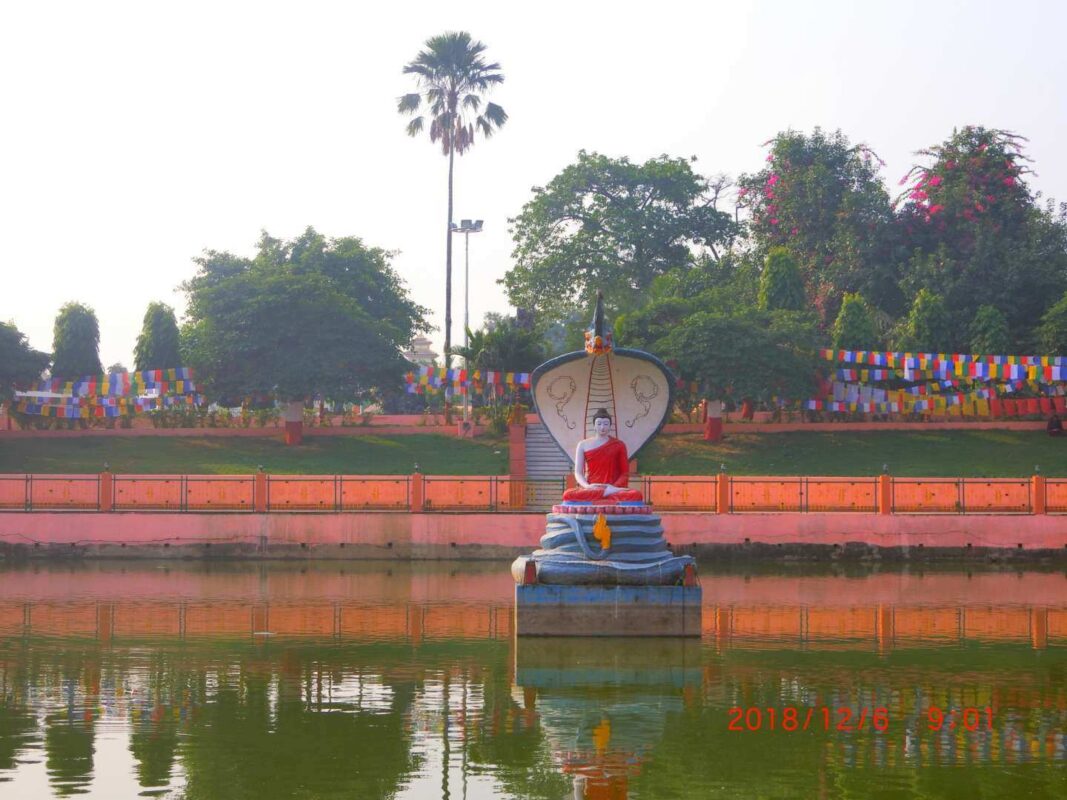





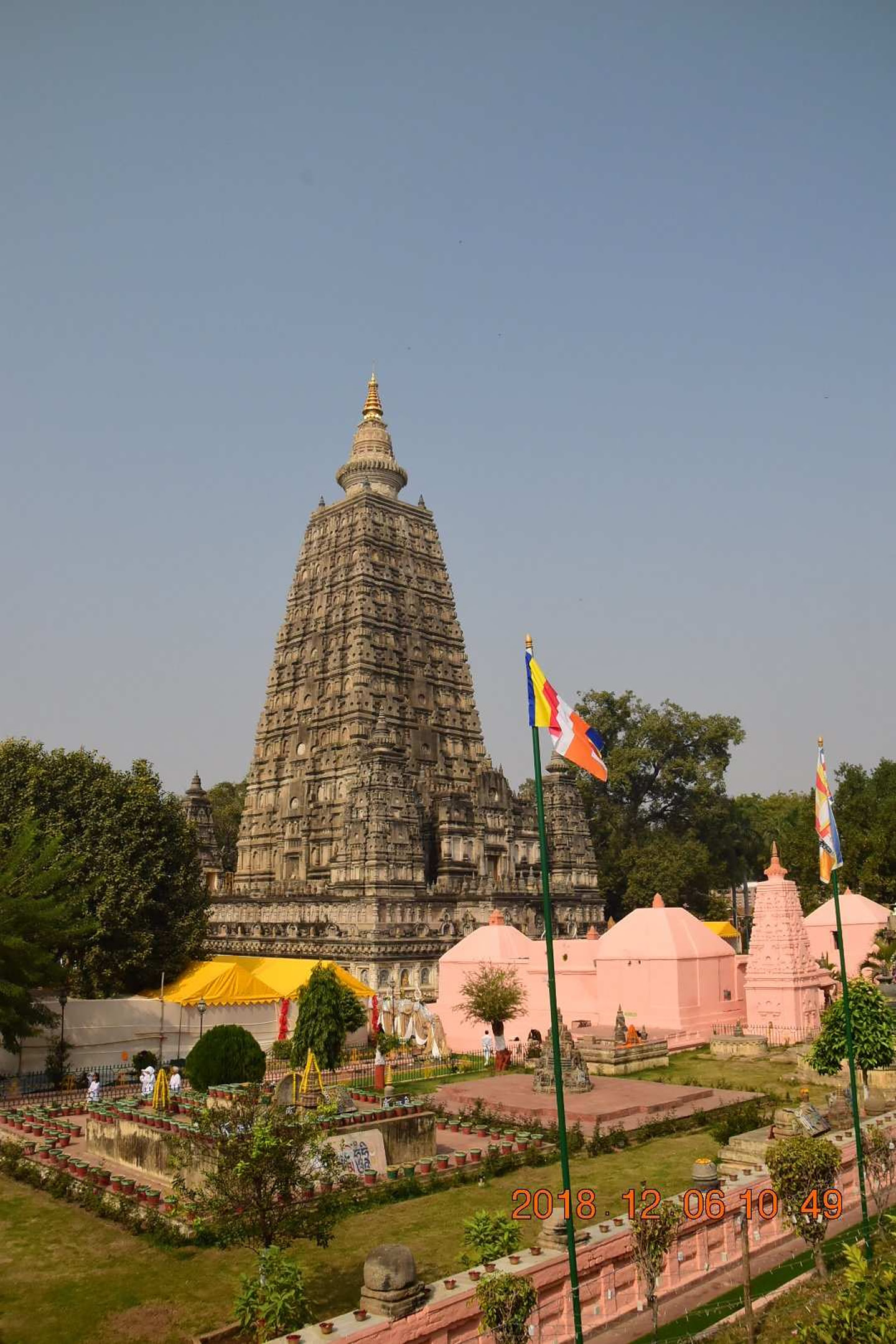
Pragbodhi Cave
also known as the Snow Mountain Dragon Cave, is located in the Dungeshwari Hills, approximately 12 kilometers from Bodh Gaya, Bihar, India. This cave, formed naturally from rocks, is a tranquil and spiritual site. Nearby stands the Dungeshwari temple complex, built to commemorate this sacred place. The temple enshrines a statue of the Buddha during his ascetic phase, vividly depicting his arduous journey of spiritual practice. Pragbodhi Cave is an important pilgrimage site for Buddhists, attracting many visitors who pay their respects and follow in the spiritual footsteps of the Buddha. This location highlights the trials Siddhartha Gautama endured in his pursuit of enlightenment.
Before attaining enlightenment, Prince Siddhartha Gautama left his royal life and began a quest for spiritual truth. He practiced severe asceticism for several years in Pragbodhi Cave. However, he ultimately realized that extreme self-mortification was not the path to enlightenment. After leaving the cave, he abandoned excessive self-discipline and embraced the Middle Way—a balanced approach between indulgence and self-denial. This profound realization eventually led him to attain Buddhahood under the Bodhi Tree in Bodh Gaya.
Pragbodhi Cave symbolizes the Buddha’s profound spiritual struggles and his realization of the Middle Way. It reminds us that extremism is not the path to enlightenment; instead, balance and inner contemplation are the keys to wisdom and liberation. For visitors and pilgrims, this cave serves as a source of deep spiritual inspiration, bringing them closer to the Buddha’s life and teachings.







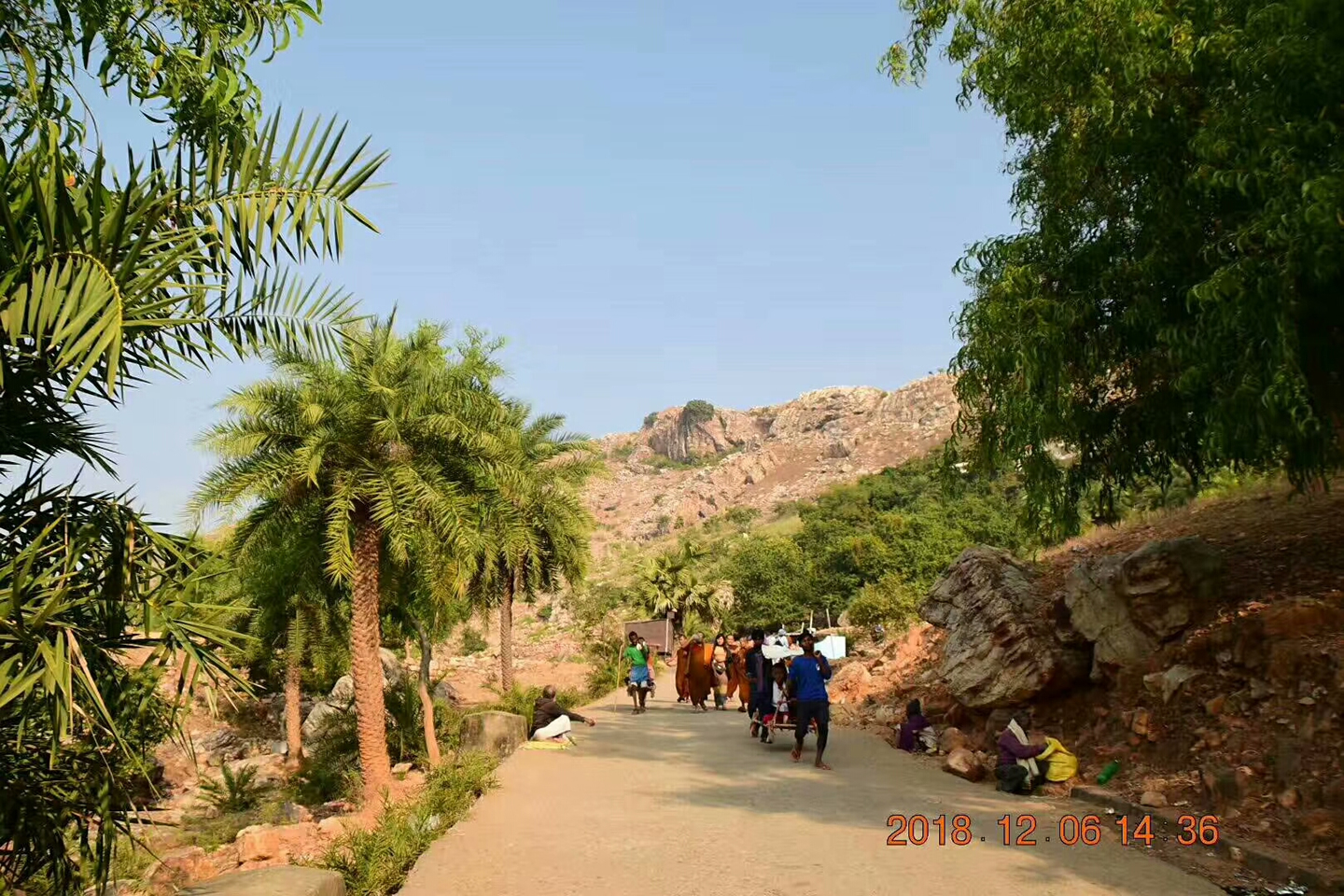


Sujata Temple
Sujata Temple is a significant Buddhist site located in Bakraur village, near Bodh Gaya, Bihar, India. It marks the place where Sujata, a local village woman, offered milk-rice (kheer) to Prince Siddhartha before his enlightenment. This act symbolizes the Buddha’s realization of the Middle Way, as he abandoned extreme asceticism and regained strength before meditating under the Bodhi tree. The temple stands as a tribute to Sujata’s generosity and her pivotal role in the Buddha’s journey to enlightenment. Pilgrims visit this site to honor her contribution and reflect on the importance of balance in spiritual practice.








